 Your new post is loading...
 Your new post is loading...

|
Rescooped by
GTANSW & ACT
from green streets
May 7, 2013 9:29 AM
|
The Sliced Porosity Block, or “CapitaLand Raffles City Chengdu” was recently opened, ushering in a new type of architecture for one of China’s fastest growing cities.
Located in the heart of Chengdu, the dense three million square-foot complex creates a completely novel public space that’s hemmed in by five residential/office towers. The scheme differentiates itself from other nearby urban projects by privileging public space over exuberant form and material-wasting showmanship...
Via Lauren Moss

|
Rescooped by
GTANSW & ACT
from green streets
May 7, 2013 9:27 AM
|
The city of Toronto has already begun to sketch out policies that could reduce the area’s greenhouse gas emissions in the coming decades. Officials have proposed greening the electric grid, banning incandescent light bulbs, promoting green roofs on commercial buildings, retrofitting 1960s-era high-rises and implementing a stricter energy-efficient building code for new construction. With transportation, the city wants to expand bike lanes and transit infrastructure, all while it anticipates that electric vehicles will grow slowly more common.
Via Lauren Moss

|
Rescooped by
GTANSW & ACT
from green streets
May 7, 2013 9:27 AM
|
Getting the right city density – generally expressed in the US as people per square mile or homes per acre – to support sustainable and pleasant living is one of the trickiest problems we face as we address the future of our communities. The typically low densities of suburban sprawl built in the last half of the 20th century, despite their popularity at the time with a considerable share of the market, have been shown by a voluminous body of research to produce unsustainable rates of driving, carbon emissions, pollution. stormwater runoff, and adverse health impacts. ..
Via Lauren Moss

|
Rescooped by
GTANSW & ACT
from green streets
May 7, 2013 9:26 AM
|
Almost half of the world's population currently lives in cities, and by 2050 that is projected to increase to 75%, but what kind of city will they be living in?
The time is ripe, say experts, to start designing smarter urban environments, both new cities needed to sustain an ever-growing population, and retro-fits on the ones that we have lived in for centuries. Sustainability experts predict carbon-neutral cities full of electric vehicles and bike-sharing schemes, with air quality so much improved that office workers can actually open their windows for the first time. Visions of a green city often include skyscrapers where living and office space vie with floating greenhouses or high-rise vegetable patches and green roofs, as we try to combine urbanisation with a return to our pastoral past...
Via Jandira Feijó, Lauren Moss

|
Rescooped by
GTANSW & ACT
from green streets
May 7, 2013 9:24 AM
|
Shanghai is one of the Chinese cities with the highest levels of CO2 emissions per capita. The proposal for a new type of vertical city, featuring sustainable technology, pursues dual objectives: first, the purification of wastewater produced by the building in order to recycle it and second, carbon dioxide reduction. Achieving these goals is possible thanks to the combination between the properties of Vetiver with a new kind of skyscraper: VetiVertical City...
Via Lauren Moss

|
Rescooped by
GTANSW & ACT
from green streets
May 7, 2013 9:21 AM
|
Since 2000, a number of tools for measuring the quality of the walking environment have emerged. These tools are now used by researchers, local governments, and community groups to measure physical features related to walkability, such as building setback, block length, and street and sidewalk width.
Yet individual physical features may not tell us much about the experience of walking down a particular street. Specifically, they may not capture people’s overall perceptions of the street environment, perceptions that may have complex or subtle relationships to physical features. Visit the link for more information and the complete article explaining the 8 urban design qualities that enable more effective urban design planning s
Via Lauren Moss

|
Rescooped by
GTANSW & ACT
from Geography in the classroom
May 7, 2013 6:54 AM
|
Australia's population will tick past the 23 million mark on Tuesday night as the country continues to grow at the fastest rate in the developed world.
Via dilaycock
Wealthy buyers are snapping up plots of land in Vidigal after authorities pushed out drug gangs
Via geographil
Heat generated by the Earth's major cities has influenced global weather patterns and is probably responsible for winter warming in parts of North America and northern Asia, according to scientists.
Via geographil
Ideas for enhancing safety, affordability, and quality of life.
Via geographil
See how places compare based on population, household income, and GPD.
Via geographil
Jakarta plans to move more than 20,000 riverside slum dwellers into apartments by 2014.
Via geographil

|
Rescooped by
GTANSW & ACT
from IB LANCASTER GEOGRAPHY CORE
May 7, 2013 6:34 AM
|
Two million people are to be moved from their isolated mountain homes as part of one of the single largest relocations in recent Chinese history. Tom Phillips reports.
Via Haafizhah Azizul, geographil
|

|
Rescooped by
GTANSW & ACT
from green streets
May 7, 2013 9:28 AM
|
A new state rail map shows that it can be done — should you be crazy enough to try it. Local transit maps tend to stay local. Some designate connections to other lines or systems but it's not really their purpose to expand the map beyond the metropolitan area — say, the way road atlases do. Recently a California design team did what local agencies don't: created a statewide rail map with more than 500 destinations served by ten rail authorities plus Amtrak, ferry, and major bus connections. The California Rail Map inspired us to find a way to travel north through the whole state, beginning just across the Mexican border, riding only local transit — no Amtrak or Greyhound. Twu guided us through the following inland route through the Sierra Nevada range. ("I suspect it is also a beautiful trip," he says.) The itinerary runs through five systems and only requires seven transfers:
Via Lauren Moss

|
Rescooped by
GTANSW & ACT
from green streets
May 7, 2013 9:27 AM
|
Using bicycle-friendly cities like Copenhagen as inspiration, a growing number of cities around the world are changing their urban design to become biking cities.
Each year, Copenhagen eliminates 90,000 tons of CO2 emissions from entering the atmosphere from the sheer number of cyclists versus cars. Designing cities with bicycles in mind reduces emissions, commute times, urban sprawl and illness. More cities are looking to bike-friendly sustainable development as they aspire to become green. Urban planners and architects are increasingly faced with the challenge of compacting development and designing a sustainable transport pattern...
Via Lauren Moss

|
Rescooped by
GTANSW & ACT
from green streets
May 7, 2013 9:26 AM
|
After years of relentless growth, Shanghai, China is entering a new phase of environmentally sustainable development, where issues like urban farming are becoming more prominent. Increasing urban density, competition for land and a rising demand for food from the burgeoning middle class, Shanghai needs to ensure that the opportunity to produce food in the city is possible. The main challenge facing urban farming in Shanghai remains to be a lack of awareness. Without the proper education and know-how, the urban farming movement is unlikely to take shape on a large scale, and with very little outdoor space available, few options are available to grow food. Many residents have turned to creative land-intensive solutions such as balcony or rooftop farming to produce fresh, organic, healthy and cheap foods...
Via Lauren Moss

|
Rescooped by
GTANSW & ACT
from green streets
May 7, 2013 9:26 AM
|
Aquaponics uses fish to create soil-less farms that can fit into cities much easier.
Urban farming today is no longer a hobby practiced by a few dedicated enthusiasts growing food for themselves. It has become a truly innovative field in which pioneering ventures are creating real, robust, and scalable solutions for growing food for large numbers of people directly at the point of consumption. This is great news not only for urban designers, architects, and building engineers, but also for residents and communities that want to increase food security and become more resilient to climate change.
Via Lauren Moss

|
Rescooped by
GTANSW & ACT
from green streets
May 7, 2013 9:23 AM
|
Asian Cairns is an ambitious take on vertical farming. Asian Cairns,is a dizzying new vision of urban vertical farming in China.
Consisting consists of a sextet of stacked, pebble-esque, steel-ringed transparent pods that are powered by both vertical wind turbines and photovoltaics
Asian Cairns is planned for the rapidly swelling, skyscraper-heavy port city of Shenzhen in the southern province of Guangdong north of Hong Kong.Beyond agricultural concerns.
Asian Cairns is envisioned as a mixed-use development that also incorporates residential, retail, and recreational areas. Imagined as being completely emissions-free and producing more energy than they consume, the Cairns were conceived in direct response to Shenzhen’s unchecked urban development and the population growth and increased pollution levels that have accompanied it...
Via Lauren Moss

|
Rescooped by
GTANSW & ACT
from green streets
May 7, 2013 9:19 AM
|
Many cities are coming to the realization that creating a smart and sustainable city means ultimately attaining a high level of economic efficiency, a high quality of life, a highly desirable place in which to live and do business, and a meaningful commitment to environmental responsibility. But what really makes for a green or sustainable city? And how can sometimes highly diverse urban areas attain it?
Via Lauren Moss
40-minute documentary Future Armageddon
Via geographil
Residents of the Indian capital of New Delhi are urging the government to take action on the environment.
Via geographil
The two don't necessarily go together, according to a new report.
Via geographil
Pollution has hit record levels recently, prompting citizens to ask if they're paying for economic growth with their health
Via geographil
As people around the world celebrate Earth Day, Mexico City may serve as an unlikely environmental example for cities in developing countries suffering poor air quality.
Via geographil
Former Barcelona mayor Joan Clos warns that a lack of urban planning could turn our expanding cities into powder kegs.
Via geographil
|



 Your new post is loading...
Your new post is loading...

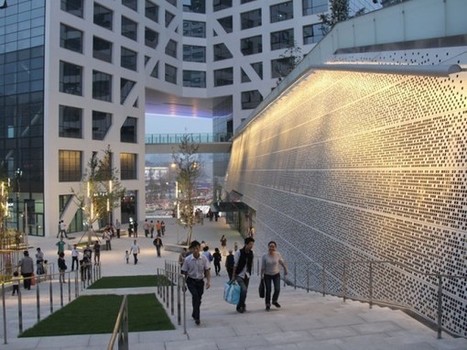

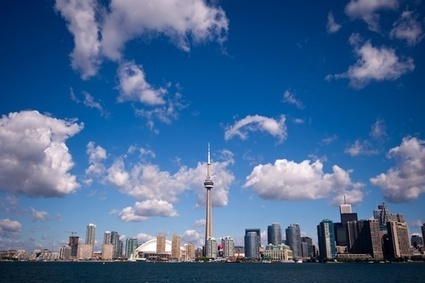
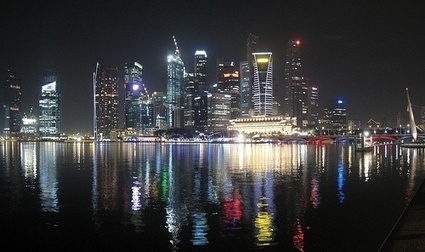
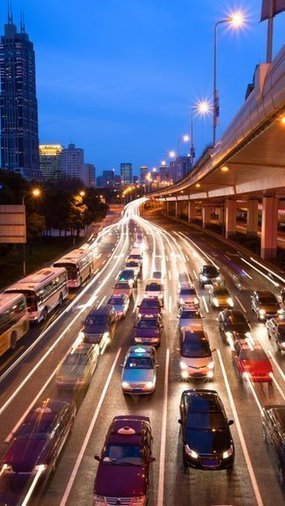
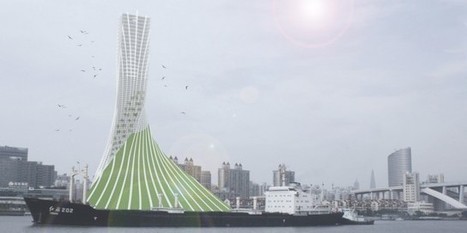
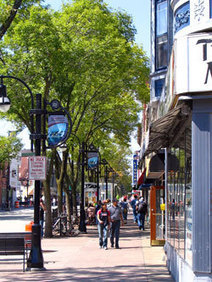

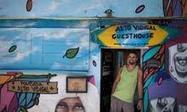
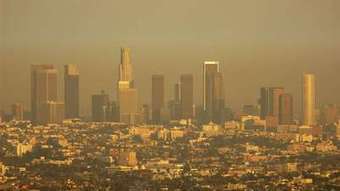



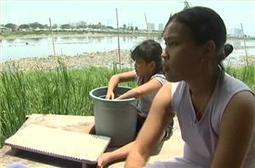


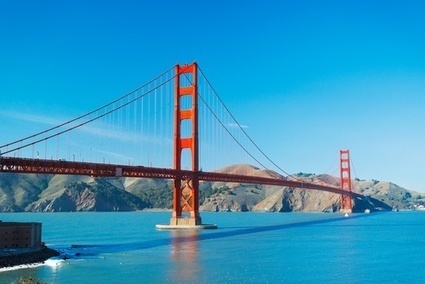
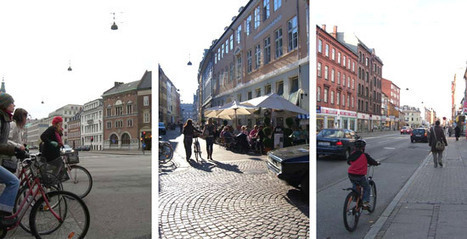

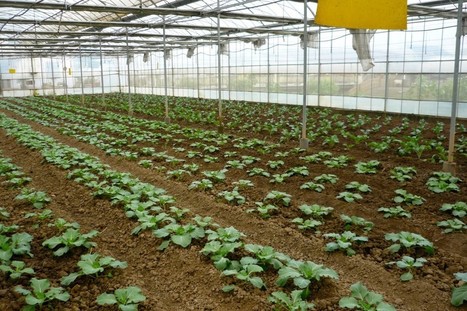
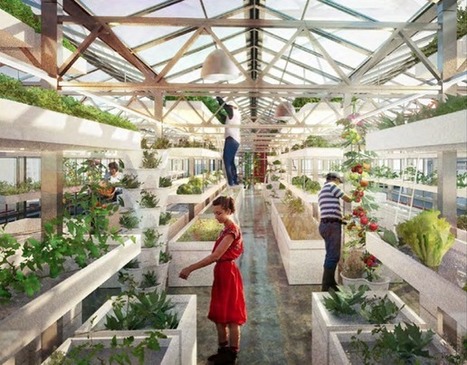


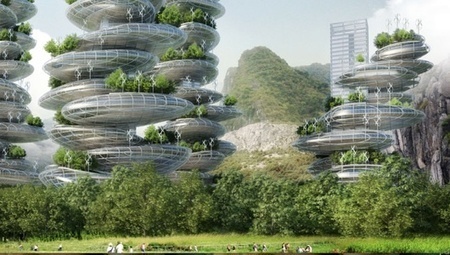
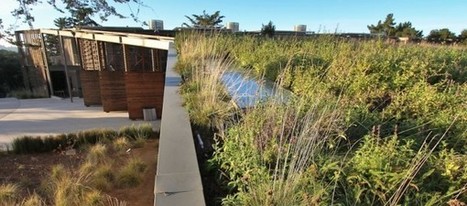

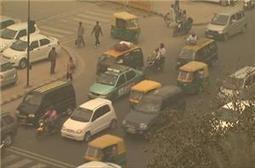


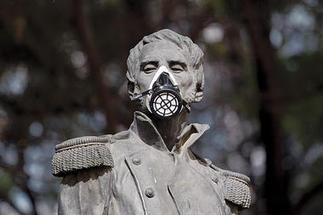
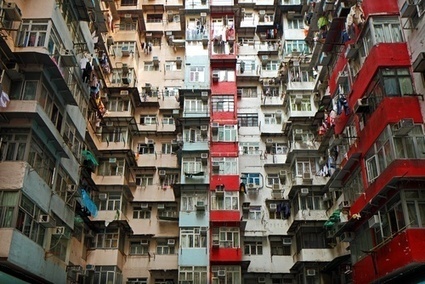





Steven Holl is an architect who's work we greatly admire. We appreciate our friend Lauren Moss for bringing this project to our attention.